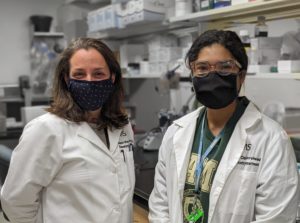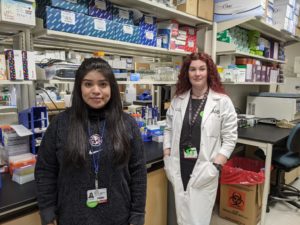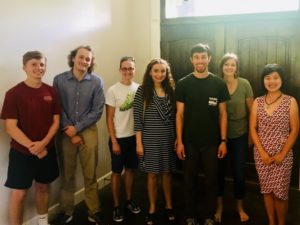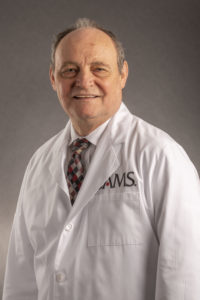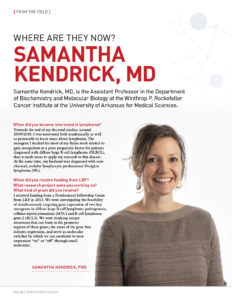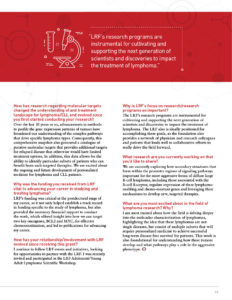Binyam is a GPIBS Ph.D. student in the Biochemistry and Molecular Biology track. He is a 5th-year student in the laboratory of Dr. Kevin Raney. He graduated from Wingate University with a Bachelor of Science in Biology.
Research Interest Statement
Hepatitis C is an infectious disease caused by Hepatitis C virus (HCV). Currently, 71 million people in the world are chronically infected with the virus and around 400, 000 people die each year of complications related to the infection. HCV, like Coronavirus, is an RNA virus. The RNA genome of HCV encodes for 10 different viral proteins, one of which is NS3 (non-structural protein 3). NS3 has both a protease and a helicase domain. The helicase domain of NS3 is essential for viral replication, however, its mechanism of action is not well understood. The HCV genome has conserved G-quadruplex (G4) forming sequences. G4 is formed when tandem repeats of Guanine resides interact with each other through Hoogsteen hydrogen bonding. Helicases of the same family as NS3 are reported to unfold G4RNA structures. Therefore, it is possible that NS3 could facilitate HCV replication by unfolding G4 secondary structures found within the HCV genome, and these secondary structures could stall the replication process if it remain folded. My project focuses on understanding the mechanism by which HCV-NS3 interacts with and unfolds HCV-G4RNA. By studying how NS3 regulates HCV-G4RNA, we might find processes or factors that could serve as targets for anti-HCV agents to suppress the replication of various strains of HCV.
Something Notable about Time as a Graduate Student
Over the last four years I have been in Raney’s lab, I have been fortunate to attend several domestic and international academic conferences where I presented my work and learned from the works of others. By going to conferences, I was able to meet professionals and expand my network.
Career Goals
I would like to pursue a career in research and teaching.
Experiment or Technique You Would Most Like to Do
Computational modeling
Fun fact
I like running, hiking, and biking.
Publications
Lakkaniga, N. R., N. Gunaganti, L. Zhang, B. Belachew, B. Frett, Y. K. Leung, and H. Y. Li. 2020. Pyrrolo[2,3-d]pyrimidine derivatives as inhibitors of RET: Design, synthesis and biological evaluation. Eur.J.Med.Chem. 206:112691.
Lakkaniga, N. R., L. Zhang, B. Belachew, N. Gunaganti, B. Frett, and H. Y. Li. 2020. Discovery of SP-96, the first non-ATP-competitive Aurora Kinase B inhibitor, for reduced myelosuppression. Eur.J.Med.Chem. 203:112589. doi:S0223-5234(20)30561-4 [pii];10.1016/j.ejmech.2020.112589 [doi].


